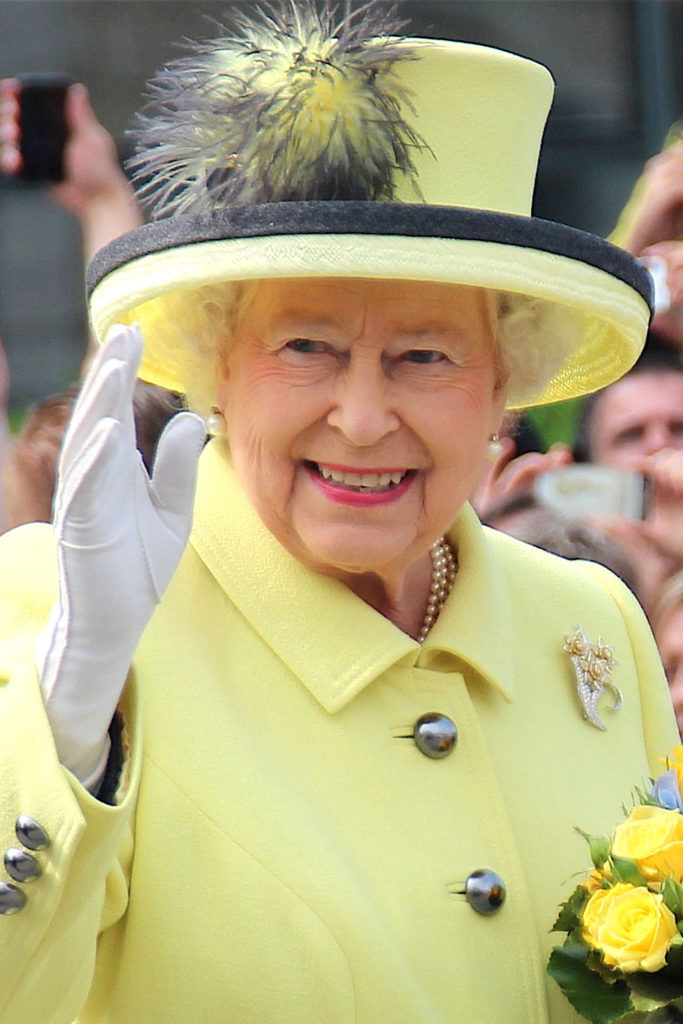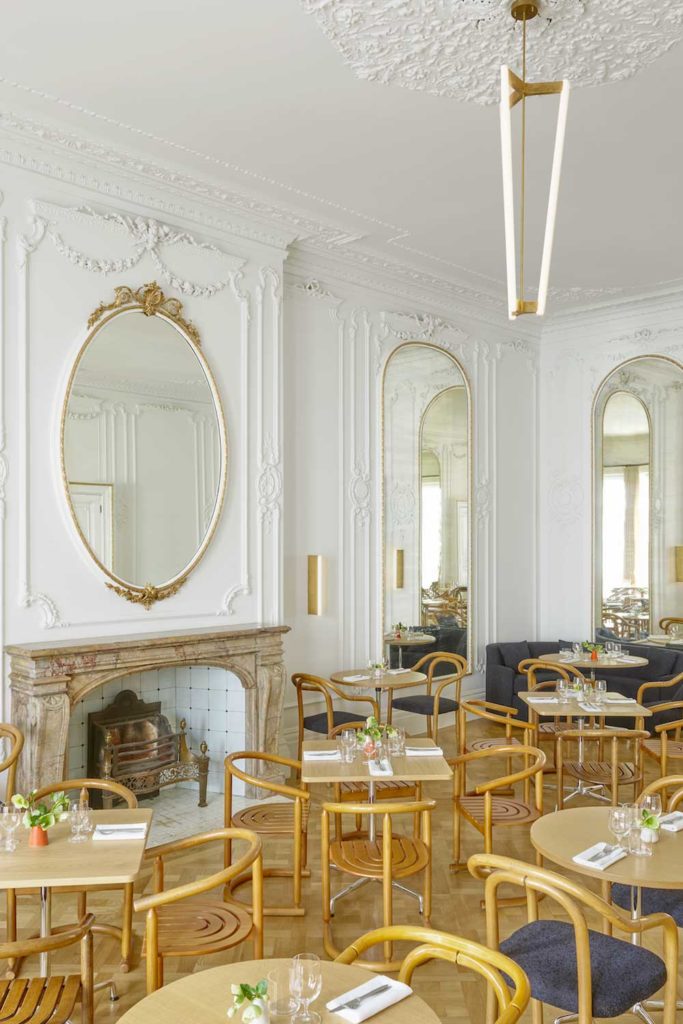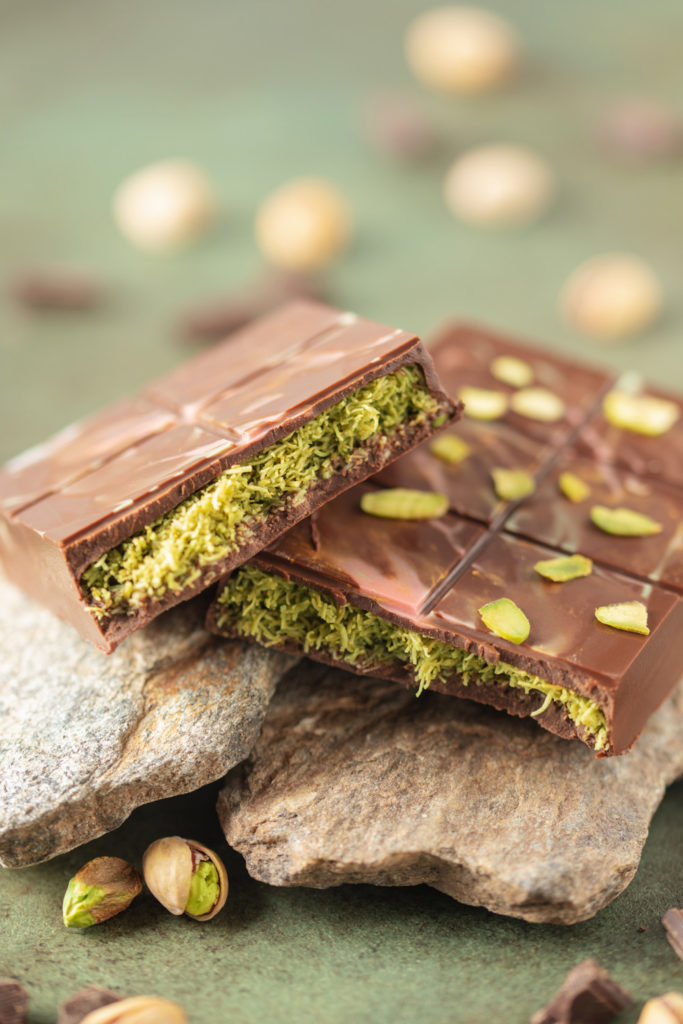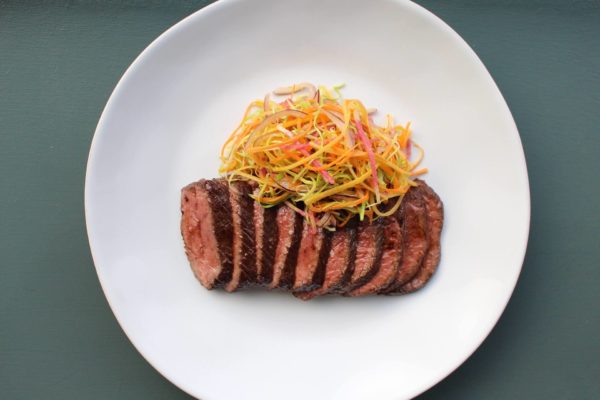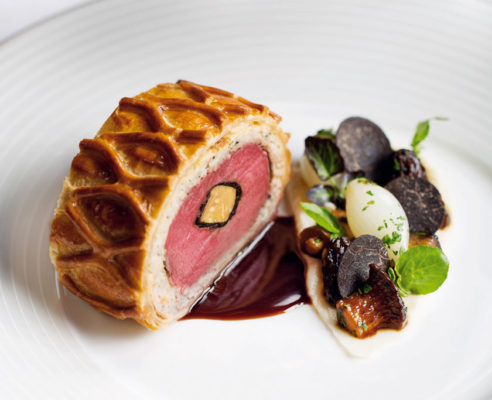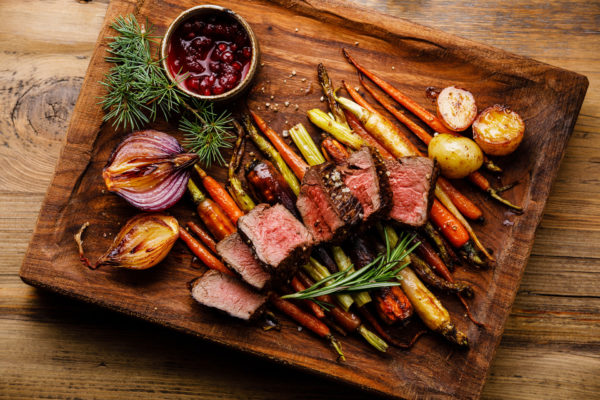Why You Need To Try Wild Venison
By
2 years ago
DIY dinner, anyone?

Ben McCormack heads to Berkshire to tackle the UK’s exploding deer population – wild venison that’s perfect for the dinner table.
Game On: Wild Venison
Hunting deer – or stalking, to use the proper term – conjures up images of City boys roaming the Scottish Highlands before toasting the day’s successful shots with a single malt by a roaring fire. And yet the wood that I’m creeping through slowly and silently is in Berkshire, not Balmoral, quarter of an hour off the A4 and 60 minutes from London. With me is Ben Heath, whose wild venison delivery business, Deer Box, is based on the other side of Newbury, and chef Mark Kempson of the Michelin-starred Kitchen W8 in Kensington, last year’s best restaurant winner at the Eat Game Awards. Rather than shooting for sport, we’re tackling the UK’s exploding wild deer population.
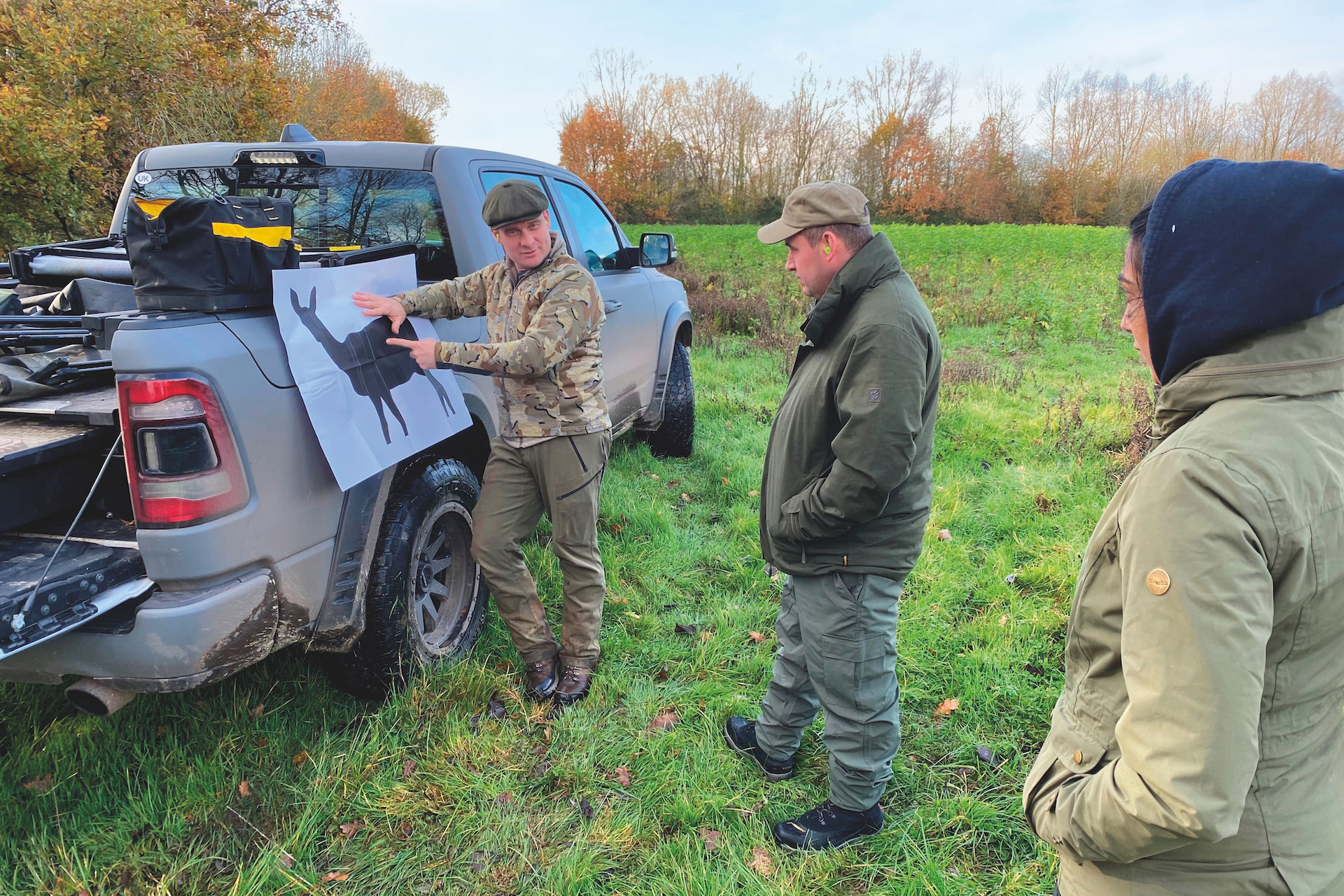
Chefs Mark Kempson and Nikita Pathakji learn the ropes from Ben Heath
‘Muntjac,’ whispers Ben, pointing to the dense undergrowth on the riverbank opposite and passing me a pair of thermal imaging binoculars, through which the head of a young buck is visible as a tiny cluster of red and white dots. He makes a whooping noise to mimic a fawn in distress in the hope of attracting a concerned doe but, as I pass the binoculars back, I see two flashes of fluffy white tail disappearing over the ridge of the bank
to safety.
Take a walk through the British countryside and you’re unlikely to know whether there are deer anywhere nearby; they are timid creatures and shun human company. And yet there are estimated to be around two million wild deer in the UK, more than at any time in the past 1,000 years, only 350,000 of which are culled annually.
Muntjac are running amok here in the south east of England, fallow deer in East Anglia and the Midlands and red deer in the north of Scotland. Those fluffy white tails might look cute, but mouths and hooves cause huge damage to woodland habitats and saplings, which puts deer on a collision course with the government’s plan to increase tree-planting rates across the UK to 30,000 hectares per year.
Much of the wild venison shot in the UK is exported to continental Europe and yet here is an abundant source of nutrient-rich meat – venison is naturally lean, high in protein and contains twice as much iron as beef or lamb – literally on many people’s doorsteps.
Which is where Deer Box comes in. The company was founded in 2020 by chef Mike Robinson and Ben, one of his principal deer managers, and grew out of the former’s previous business of supplying wild venison to the restaurant trade. Today, Deer Box supplies the likes of The Ritz and Adam Handling Restaurant Group as well as home cooks who want to get their hands on the same quality meat used by Michelin-starred chefs, from haunch, saddle and shoulder to sausages, burgers and kebabs, all of which come with recipe suggestions.
‘The difference between a wild deer and a deer farmed in a park is considerable,’ Ben says. ‘People assume that because a park deer has been raised in a controlled environment it will be a wonderful-looking creature and that wild deer are mean-looking and scrawny. But we live in a moderate climate with mild weather. A wild deer can go where it wants, when it wants and eat what it wants. It’s a superior product and yet despite being a massive wild resource, people buy imported farmed venison most of the time.’
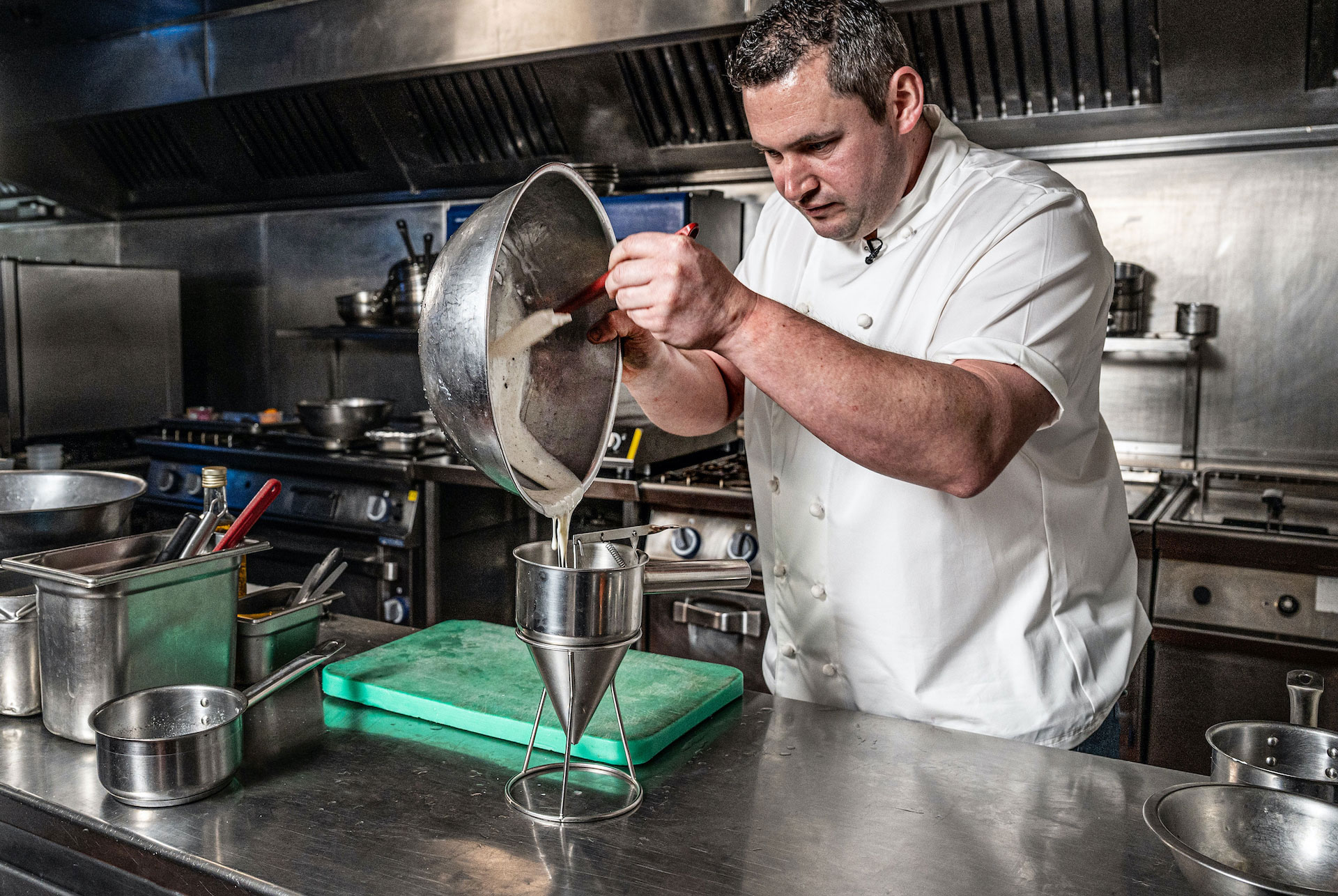
Chef Mark Kempson cooking at Kitchen W8. Photo by Sim Canetty Clarke for Great British Chefs
Our first family of muntjacs might have scampered off but chef Mark has better luck with the second one we come across, cleanly killing it through the neck with his first-ever shot. Ten days later, once the carcass has been hung, skinned, inspected by FSA vets and UK stamped (like all Deer Box meat), I’m sitting down in Kitchen W8 to a splendid five-course venison menu.
‘I’ve never had that experience of being the person to harvest the animal myself and I felt it was my duty to make sure that every last morsel was used and respected,’ Mark says of the inspiration behind courses such as muntjac breast tortellini with roasted chestnut broth, yellow chanterelles and pickled pear. ‘I hadn’t eaten muntjac for almost 20 years so this was a really pleasant reminder of how special the meat is.’ You don’t, of course, need to shoot it yourself: Deer Box sells muntjac loin steaks for next-day delivery.
Make The Most of Nature’s Plate
How to cook venison
‘Low and slow is a great introduction to cooking venison at home,’ Mark says. ‘Cuts like the shoulder or shank work really well in a casserole or stew. Venison is fairly close to lamb but because the deer are wild the meat doesn’t have the same fat covering so it needs to be cooked carefully and at the correct temperature. A steak from the loin, though, can be cooked quickly at a high heat in the same way as a piece of beef. And the most basic and easy way to use venison is to replace beef mince with venison mince. At home my children really like a venison lasagne or shepherd’s pie.’
How to start deer stalking
An estimated 100,000 people go deer stalking in the UK every year. There are three main ways to become a qualified deer stalker, gain experience and get a lease and permission to stalk. One of the best routes into deer stalking is to shadow an experienced stalker or pay to go out with a stalking guide, who will help you through the process and allow you to take the shot. Another way to open doors is by completing the Deer Stalking Certificates Level 1 and 2. Gaining permission or a lease to stalk deer on a piece of ground is the ultimate way into deer stalking. However, it is far easier said than done, and most times will require previous experience and qualifications. Visit basc.org.uk for more info
Kitchen W8, 11-13 Abingdon Road, London W8, kitchenw8.com; deerbox.co.uk

